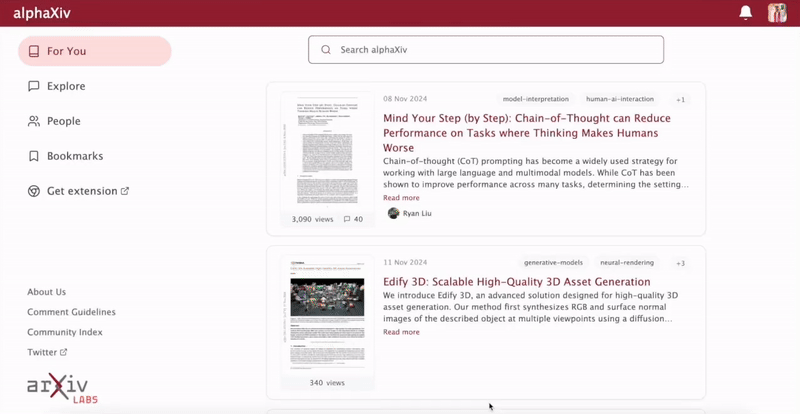Recently, a high-energy superconducting
e+e− linear collider with energy
recovery (ERLC) has been proposed, using twin RF structures to avoid parasitic
collisions in linacs. Such a collider could operate in DC (duty cycle) or CW
(continuous) mode, if sufficient power is available, with a luminosity of
O(1036) cm
−2s
−1 at
2E0=250-500 GeV. In this paper, we
find that the luminosity of the ERLC operating in DC mode does not depend on
the accelerating gradient (for the same total power), allowing the ERLC to
operate at the maximum available accelerating gradients. We also consider for
the first time an
e−e− twin collider with energy recovery and estimate its
achievable luminosity. Such an
e−e− collider is simpler than an
e+e−
one. It does not require beam recycling, since electrons can be produced anew
each time. Travelling-wave RF structures allow higher gradients and reduced
thermal loading. It is shown that an ERLC with an acceleration gradient of
G=40 MeV/m can be operated in CW mode with
Le+e−= (1-2.5)
1036
and
Le−e−= (3-7)
1036 cm
−2s
−1 for reasonable powers of
150 and 300 MW at
2E0=250 and 500 GeV, respectively. Such a machine is a
promising candidate for a Higgs factory.





